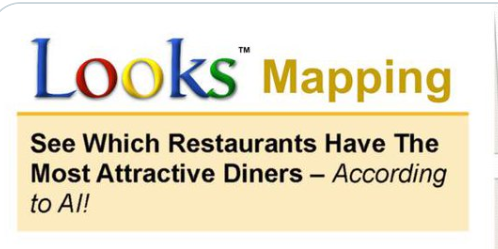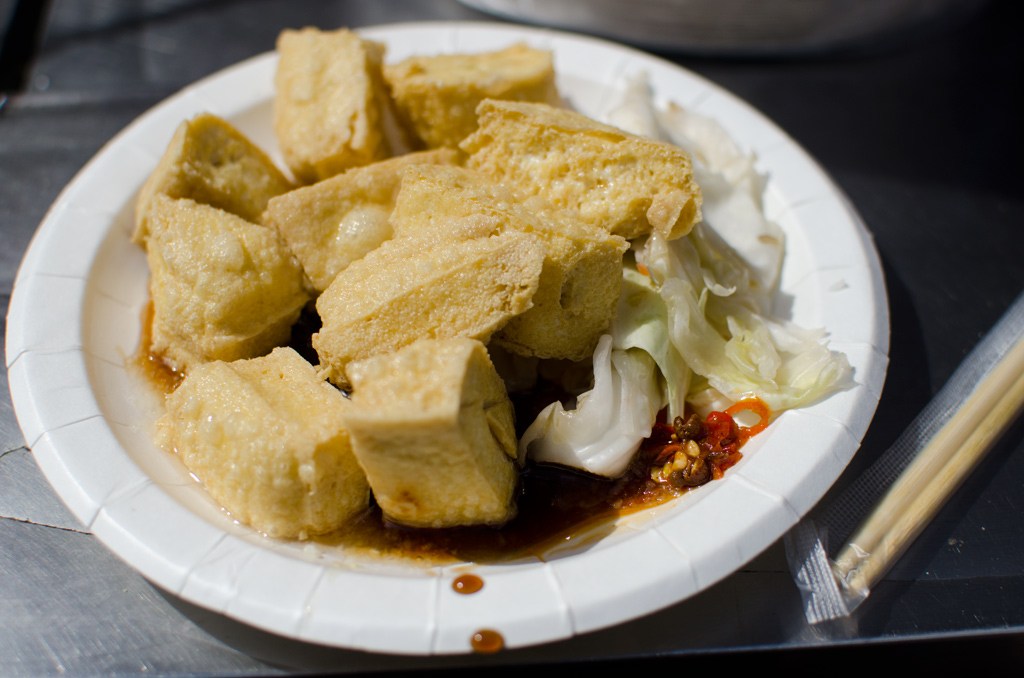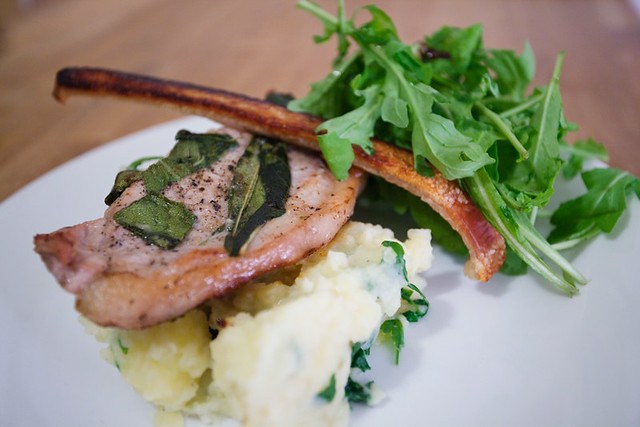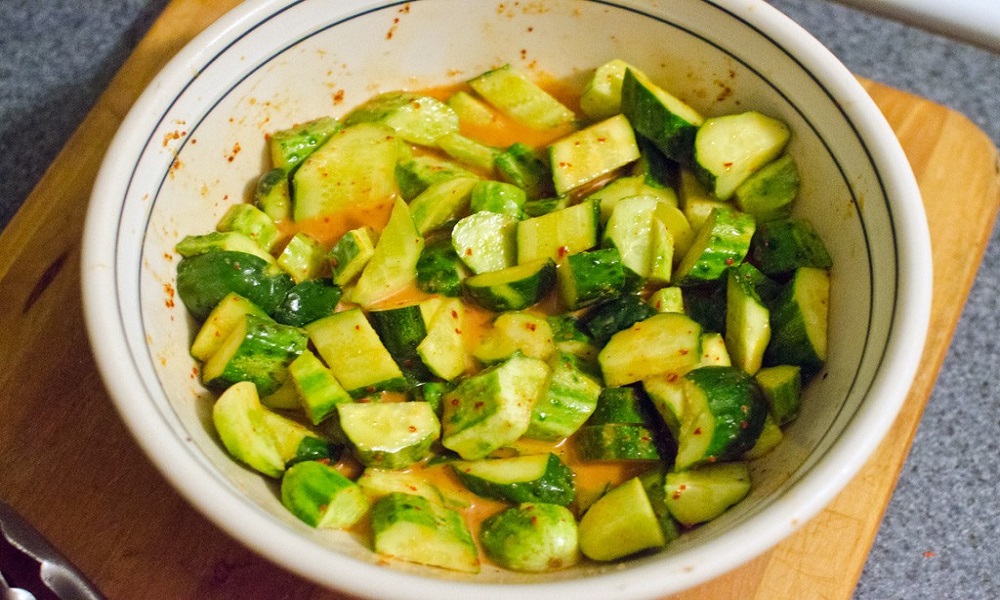A 22-year-old San Francisco programmer has unleashed an AI tool that does what many diners quietly do when scanning a restaurant: judge other patrons by their looks. Riley Walz‘s LooksMapping analyzes 2.8 million Google Maps reviews to score the “hotness” of restaurant clientele across 9,834 establishments in New York, Los Angeles, and San Francisco. The platform rates diners on a scale of 1 to 10, with red markers indicating more attractive crowds and blue showing less appealing ones. As superficial as it sounds, the app reveals uncomfortable truths about how technology amplifies our biases about dining culture.
I scraped millions of Google Maps reviews, and gave each reviewer’s profile pic to an AI that ranks attractiveness
— Riley Walz (@rtwlz) March 31, 2025
Introducing LOOKSMAPPING pic.twitter.com/lvf4apmkKZ
How the ‘Hotness’ Algorithm Actually Works
The neural network examines profile photos from Google reviews, analyzing attributes like age and gender to generate attractiveness scores. Manhattan’s upscale Carbone earned a sizzling 9.7, suggesting its clientele photographs well for the algorithm. Meanwhile, the historic Fanelli Cafe in SoHo scored a modest 4.1, despite being a beloved neighborhood institution since 1847.
The Platform’s Methodology:
• Scans Google Maps review photos for facial analysis
• Geographic focus limited to three major US cities
• Creator admits the model contains bias and flaws
• Restaurant officials slam emphasis on appearance over culinary merit
The Cultural Commentary Behind the Controversy
Beyond the obvious superficiality, LooksMapping exposes how AI can codify society’s most problematic judgments about public spaces. The app essentially creates a digital version of the velvet rope, where perceived attractiveness becomes a dining recommendation metric. Similar algorithmic bias appears in Hotels.com’s AI chatbot, which has faced criticism for steering users toward accommodations based on demographic assumptions rather than genuine preferences.
The platform reflects broader trends in experiential dining, where Instagram-worthy crowds matter as much as the menu. However, it also raises serious questions about algorithmic bias and discrimination in public accommodations.
Restaurant owners worry that such tools could influence customer traffic based on demographics rather than culinary quality, potentially affecting establishments that serve diverse communities or prioritize substance over style.
AI travel photo enhancement tools already encourage tourists to digitally alter their appearances for social media, suggesting our relationship with technology and self-presentation in public spaces continues to deepen. For diners, LooksMapping serves as a stark reminder of how technology can amplify our most superficial instincts, turning the simple act of choosing where to eat into another arena for digital judgment.


















